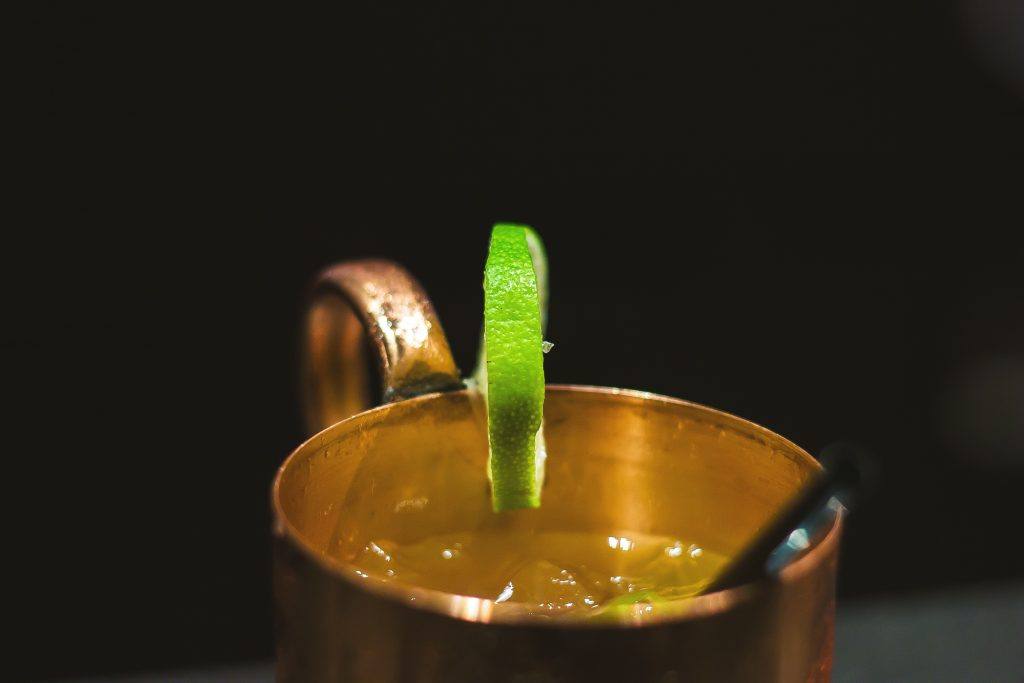There are only four ingredients in the world’s best matcha lemonade recipe, but the trick is acquiring the exact components of this incredible drink. For example, this drink, called “4-I” in some places, or simply “4-Ingredient Matcha Lemonade,” can be a work of art if done properly.
Sure, you could just throw together some ice water, lemon juice, sugar, and matcha powder and be done with it. But that approach is akin to scribbling on a canvas, appending your signature, and calling it a painting. There’s a good way, a better way, and the best way of creating matcha lemonade. Here’s the best way.
Only the Very Best
There’s some effort, a measure of patience, and a good bit of tactical shopping involved with the recipe for the “Best Matcha Lemonade,” but the time and energy investment is worth it. Let’s look at the quick version of the recipe first, and then go into detail about how to locate ingredients that will maximize the yum-appeal of the beverage.
The Quick Version:
This might look familiar because it is a worldwide template, first created in Kyoto, Japan, about 150 years ago. Today’s tea and coffee shops that sell the 4I matcha lemonade offer downgraded imitations of the original, but the basic formula (for two servings) goes like this:
One cup of sugar
One cup of lemon juice
Two cups of water
Two teaspoons of matcha powder
Heat some of the water to dissolve the matcha and sugar, let it cool in the refrigerator for about 30 minutes, toss in a couple small ice cubes, mix in the remaining water and lemon juice, and that’s that. But if you visit a Kyoto cafe and order this drink, it will taste much better than the quick version listed here? Why? Because the Japanese cafe worker will employ a few tricks of the trade that make the beverage a powerhouse of flavor, artistry, and nutrition.
The Secret Version:

Oddly, the recipe is essentially the same, but the magic is in the details. For those who want to take some time and make a go at whipping together an iced matcha lemonade the way the pros do it, here’s the solution to the mystery:
Water:
You can go two ways here. Experiment and see which one you enjoy the most. It is strictly a matter of personal preference. Use either distilled water or spring water. Most restaurants and Japanese cafes use distilled, but many high-end bars and tea/coffee shops go with spring water.
We prefer distilled because it offers additional health benefits like the “no toxin” advantage, and seems to allow the flavor of the tea, sugar, and lemon shine through. True purists will want to use a newly purchased bottle that has never been opened. Distilled water actually does “age” slightly in terms of taste, so go with a brand new bottle/jug of distilled to start off.
Use soap and water to clean an ice cube tray and prepare some distilled cubes for later use. This will prevent your drink from being “contaminated” by ordinary ice cubes.
Lemon juice:
Shop for organic lemons only and follow the “rules” for choosing the best iced-tea lemons. The rules are: Find lemons that have an average skin thickness, namely, are not too thick and not too thin. Make sure there is no mold on the fruit, either the green or white variety. You want lemons with very few wrinkles, that aren’t too soft, have bright yellow skins and seem a little heavy for their size. Buy only as many as you are going to use for the batch of iced tea. Lemons don’t keep well at home. And remember that you will need about six lemons for each cup of juice.
Sugar:
Find a brand-name organic whole-cane sugar. It’s available in most health-food stores and groceries. Some prefer the non-GMO versions. Note that there is a wide range of quality when it comes to cane sugars on the market, so be ready to spend a little more for a top brand of the highest quality.
Matcha powder
Use a quality brand but don’t feel the need to purchase top-of-the-line powder because it won’t make the tea taste any better. Most Japanese establishments use mid-grade matcha for iced teas. Some people actually believe that the highest grades of matcha work best for hot tea and that the mid-grades render a more delicious iced tea. So, go for the middle-grade powder to get the very best iced beverage result in this case.
Now You Know, So What’s Next?

Here’s a tip for those who have been initiated into the matcha mystery club: Quadruple the recipe to save yourself time. That way, you’ll have eight servings for your efforts. Drink one or two as soon as they’re ready and store the rest in a glass container in the refrigerator. The flavor will slowly mature and deepen over the following several days and then max out in about a week. After that, the flavor will begin to lessen slightly so try to consume your artistry within seven days of creating it.